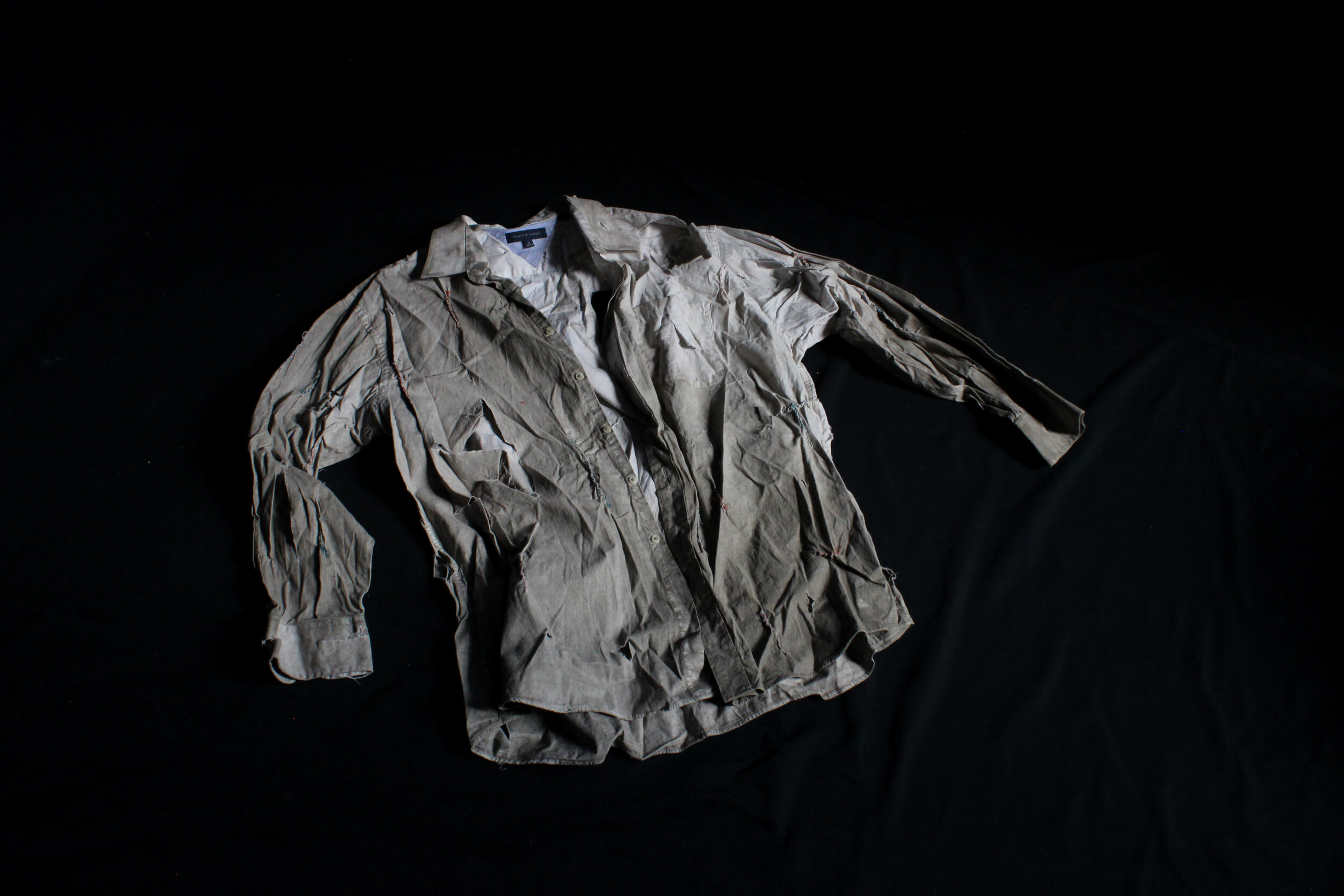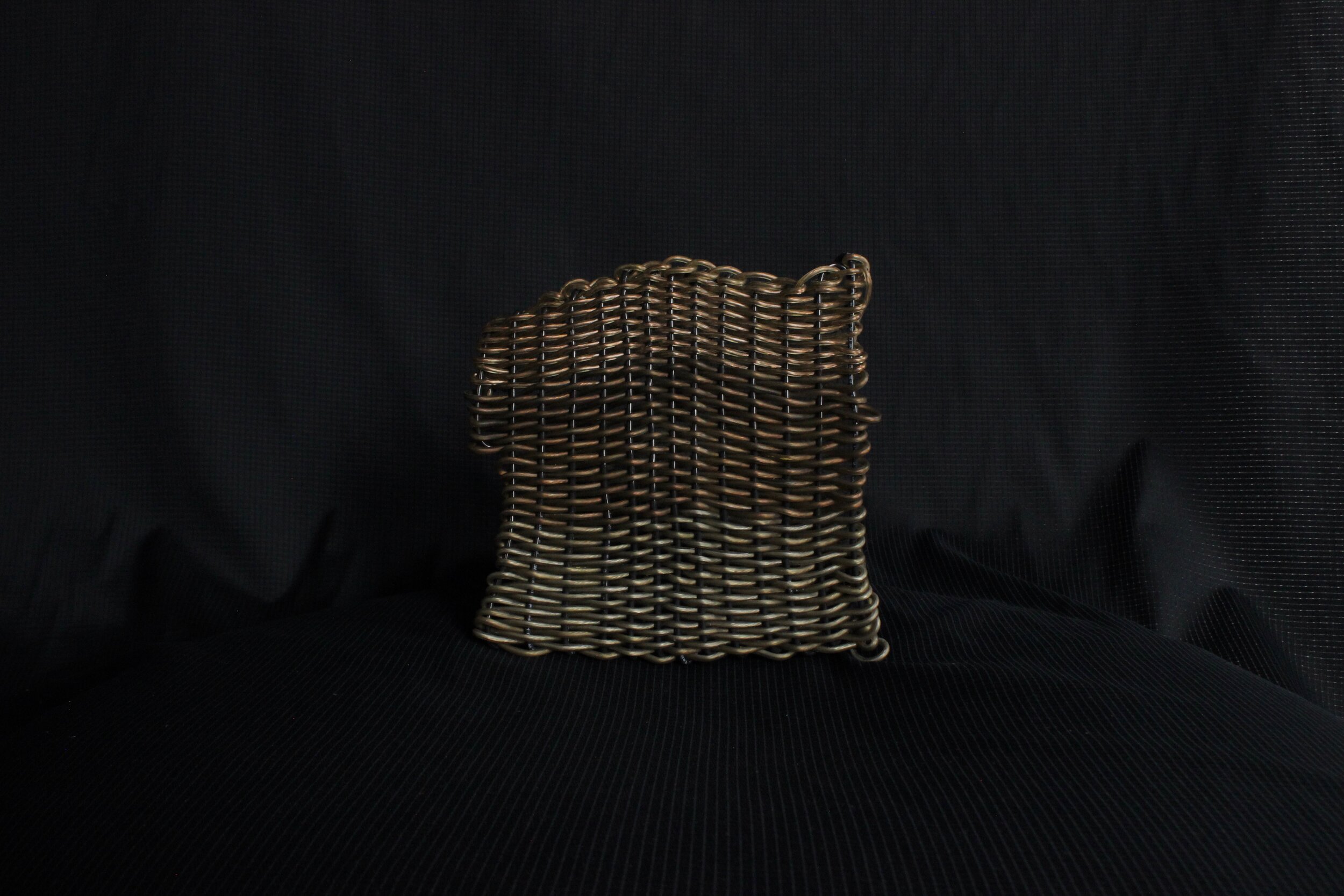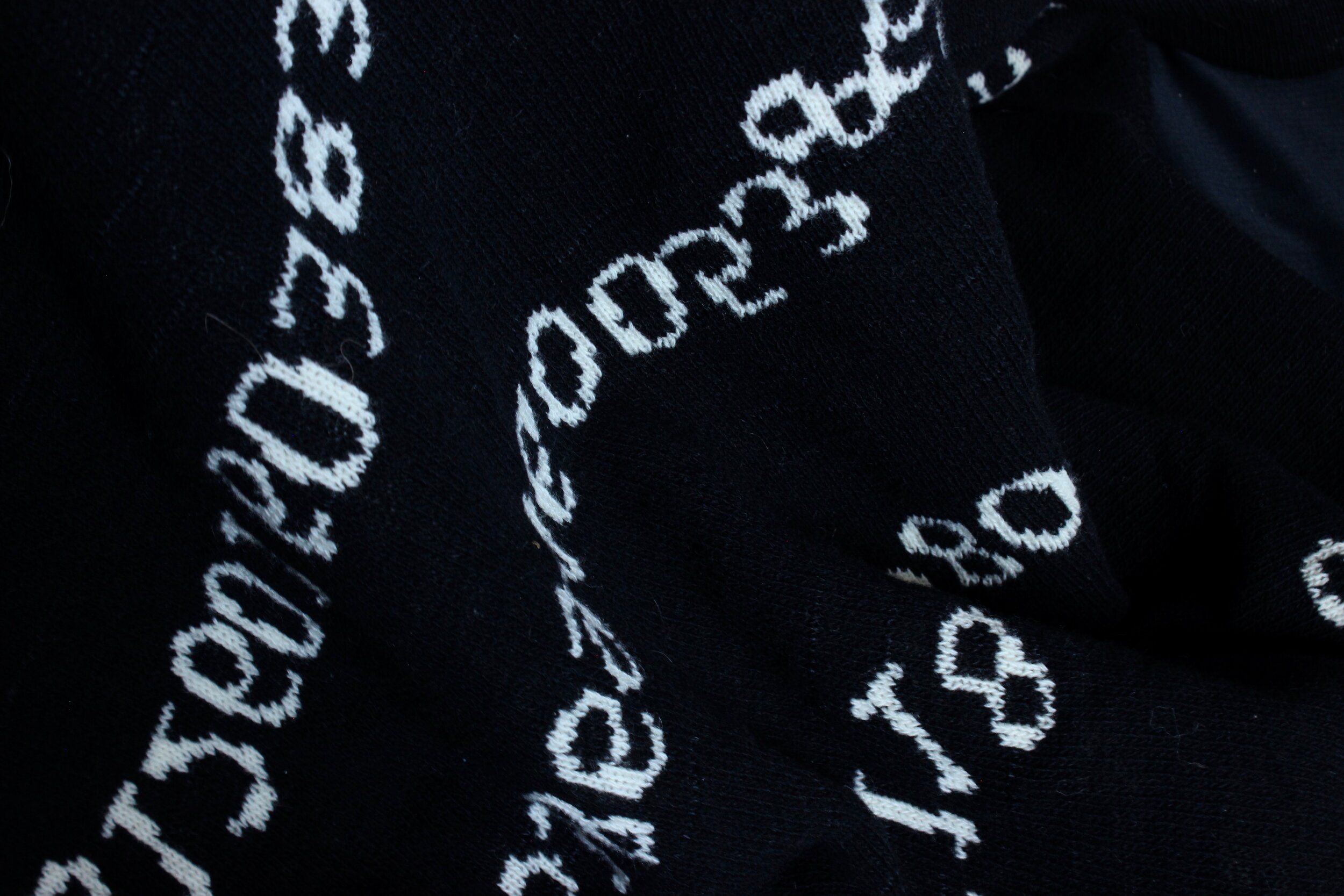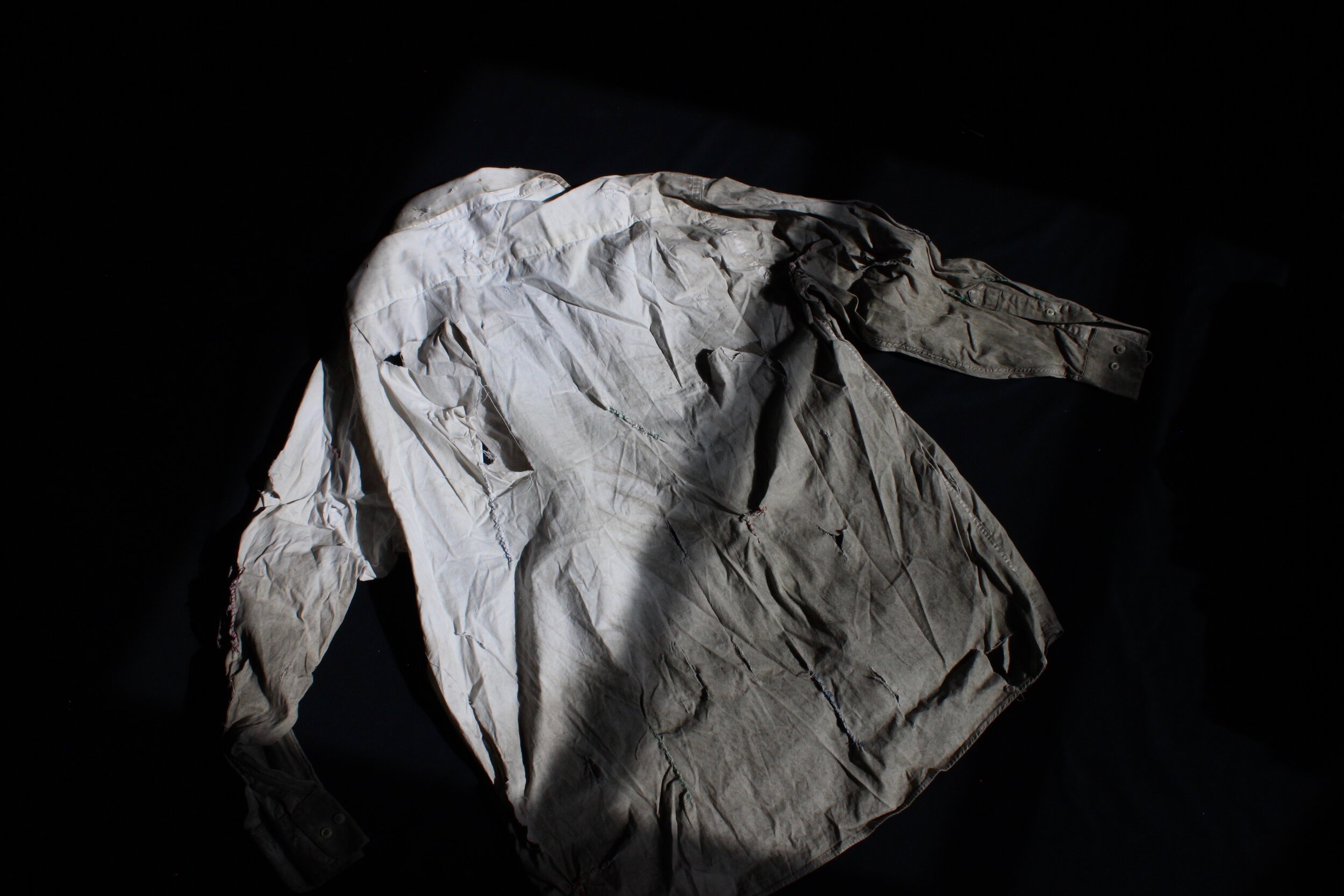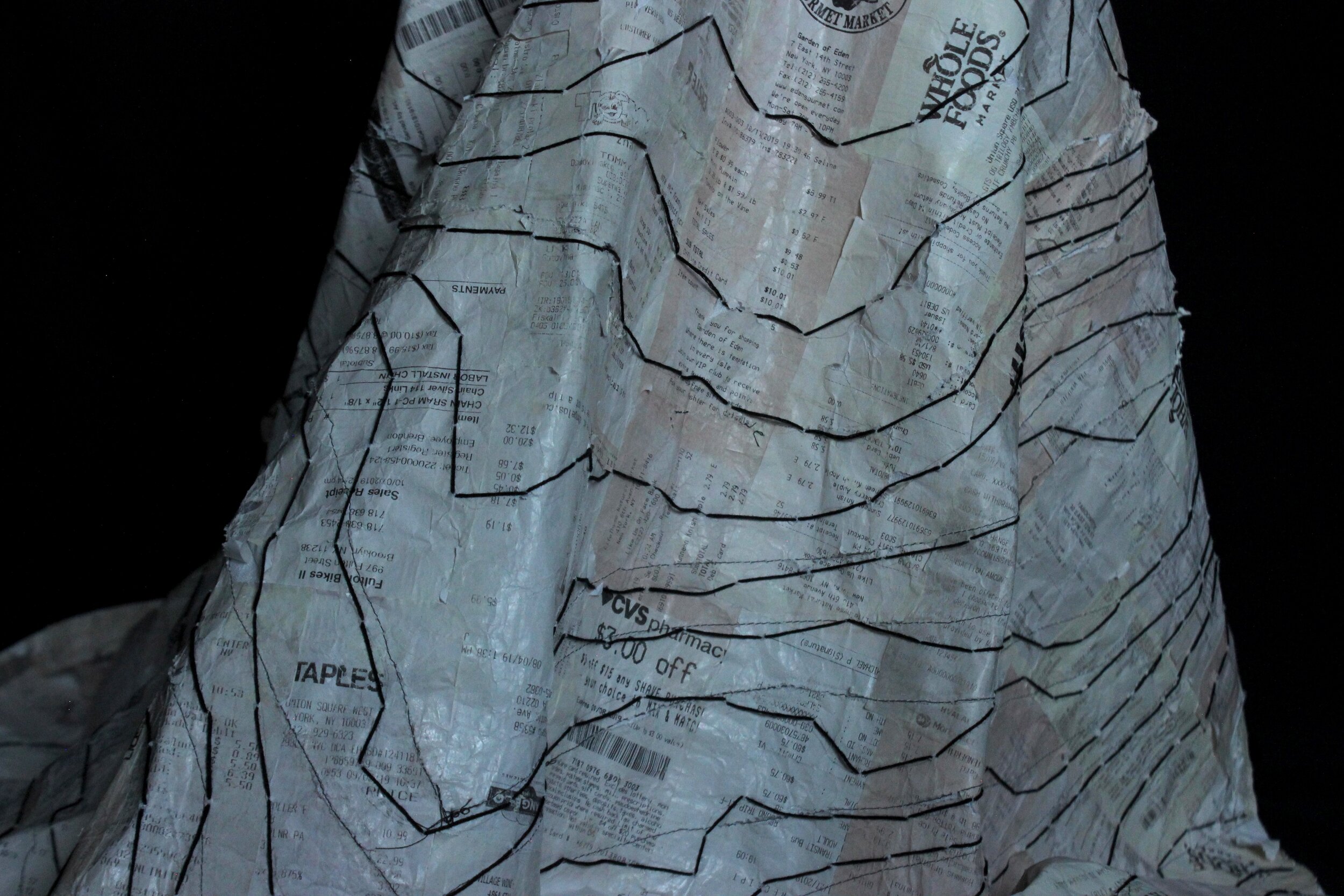Peter Salera
Peter Salera is an artist and designer whose multidisciplinary practice spans the fields of fashion, speculative design, textiles, and photography. Born in New York in 1996 and raised in rural New Hampshire, his work is heavily influenced by an upbringing spent working on a farm and a personal philosophy rooted in the New England Transcendentalist tradition. He received a bachelor’s degree in textiles and environmental studies from Philadelphia University in 2018, and graduated with an MFA in Textiles from Parsons School of Design in May of 2020. His methods of making are influenced by his education in textiles, as he employs traditional textile techniques of knitting and weaving into his pieces. The materiality of his work centers around detritus, remainder, and material that has been devalued under capitalist modes of production that generate obsolescence. Focusing on electronic waste as a primary material, he uses both hand techniques and technology to craft quotidian objects that land aesthetically between the humorous and the grotesque. His work emerges as bulbous, sculptural, yet objectively usable forms situated within imagined worlds. While his work is contextualized within speculative, utopian realities, it is grounded in criticism of contemporary capitalism and design practice. He lives and works in Brooklyn, New York.
“a bowl of spinach, an orange, and two slices of bread” imagines a post-capitalist, post- Anthropocene world through the symbology of a personal allegory. Double-jumping in time, the project presents the imagined future as the past, contextualizing the series of objects as part of a museum exhibition in an even more distant future.
The story of the imagined future originates in a generalized societal collapse brought about by the climate crisis in the early 2050’s. Growth-oriented economic and philosophical doctrines were abandoned and replaced by Renunciationist ideology that mandated the full renouncing of negative human impact on the planet. Renunciationists were split into two distinct theoretical sects: Excavationists, and Object-oriented Transcendentalists. Excavationists adhere to anti-extractive principles of making and building by constructing spaces entirely from the electronic waste that accumulated in mass quantities during the Anthropocene. Object-oriented Transcendentalists believe in ritual practices of memorial-making designed to untether the body from the markers of state-imposed identity, uploading the self into an immaterial consciousness. Both of these sects of the new civilization are depicted through a series of artifacts using a variety of materials and making methods. Excavationist artifacts are presented in an imagined domestic space, while those from the Object-oriented Transcendentalists are presented as a site of memorial for an uploaded being. Both sets of objects are presented as objects from the past and are situated within an imagined museum exhibition that explores this period in future-history.
Instagram - @blue_abulia
Website - petersalera.com
Email - peter.salera@gmail.com
